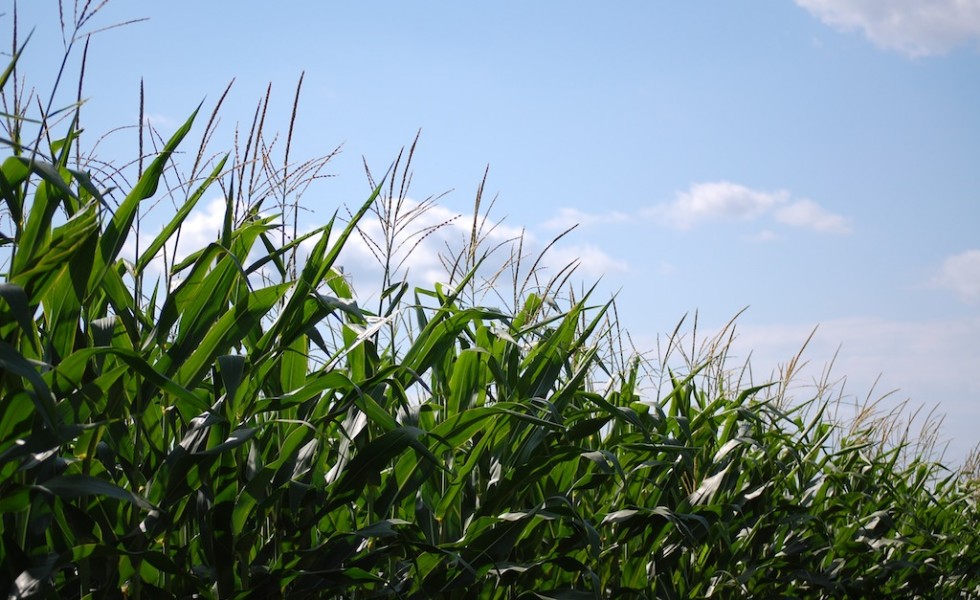No Trade? No Kidding.
Posted on August 25, 2016

You know it’s a presidential election year when the U.S. Department of Agriculture (USDA) issues late summer press releases where nearly half the ink touts the Obama’s Administration’s past ag successes even as it announces actual news.
On Aug. 1 USDA issued just such a press release; 315 of its 635 words bragged about the White House’s “latest example of USDA’s ongoing efforts to knock down barriers to U.S. exports” just as the “past seven years have represented the strongest period in history for American agricultural exports… totaling $911.4 billion…”
And, oh, by the way, Brazil and the U.S. have agreed to a “reopening of the Brazilian market to U.S. beef exports” for the first time since 2003.
It was an odd announcement for another reason, too: Neither major party presidential candidate, Republican Donald Trump nor Democrat Hillary Clinton, sees expanding free trade as an election-turning issue.
In fact, both candidates spent more time at their respective nominating conventions running from the two biggest international trade deals on tap, the Trans-Pacific Partnership (TPP) and the Transatlantic Trade and Investment Partnership (TTIP), than promoting or even explaining them.
Candidates and conventioneers in Cleveland and Philadelphia alike now see free trade like free cake—a small slice might be fine but too much is definitely not good for you.
To U.S. farmers and ranchers, however, free trade is the proverbial icing on that cake; in farm and ranch country it’s believed to be as important to success as soil and water. They point to the explosive growth of U.S. ag exports in the last generation to prove it.
USDA numbers show total U.S. ag exports have risen from nearly $56 billion in 2000 to about $155 billion in 2014. Last year, ag exports dipped to $133 billion as global commodity prices weakened and the U.S. dollar strengthened. Still, 2015’s net U.S. ag trade surplus—exports minus imports—weighed in at a highly profitable $19.5 billion.
American voters, however, aren’t as convinced and they aren’t alone. A month ago, before either presidential nominee clammed up on trade, Politico reported that the European Union’s almost automatic ratification of free trade deal with Canada—once “considered an ‘easy’ and uncontroversial agreement”—was headed for the rocks.
The root cause of the sudden reversal, explained Politico, was “political upheaval and growing protectionism.” A simpler, one-word explanation might be “Brexit,” the June 23 move by voters in Great Britain to exit the European Union and go it alone.
This new push for national sovereignty can, to some extent, be traced to today’s hard push for globalism and its ever-brooding stepchild, international trade deals. Current (but not ratified) agreements like the Canadian-EU trade deal, TPP, and TTIP contain broad new avenues for corporations to sue nations whose laws they believe harm corporate interests.
Voters both here and abroad now see ideas like this as more “anti-national” than international, as “bad” trade not protectionism. To them, retaining a national identity is more important than gaining access to new international markets.
Whatever it’s called, it’s here and it has stopped the decades-long move to free (or at least freer) trade dead in its tracks. Following closely in those same tracks, however, are U.S. farmers and ranchers.
Indeed, American agriculture is more than tied to trade. In Fiscal Year 2016, estimates USDA’s Economic Research Service (ERS), U.S. farmers and ranchers will export $7.8 billion of corn, $5.1 billion of wheat, $17.7 billion of soybeans, $3.1 billion of cotton, $33.5 billion of horticulture products, and $25.4 billion worth of livestock, poultry, and dairy.
In fact, ERS forecasts, total U.S. estimated ag exports, presently estimated at $124.5 billion, will account for nearly 30 percent of this year’s total farm and ranch gross cash sales of $415.7 billion.
That’s a huge part of national economy riding on a topic that no one but USDA wants to talk about.
© 2016 ag comm
Share This